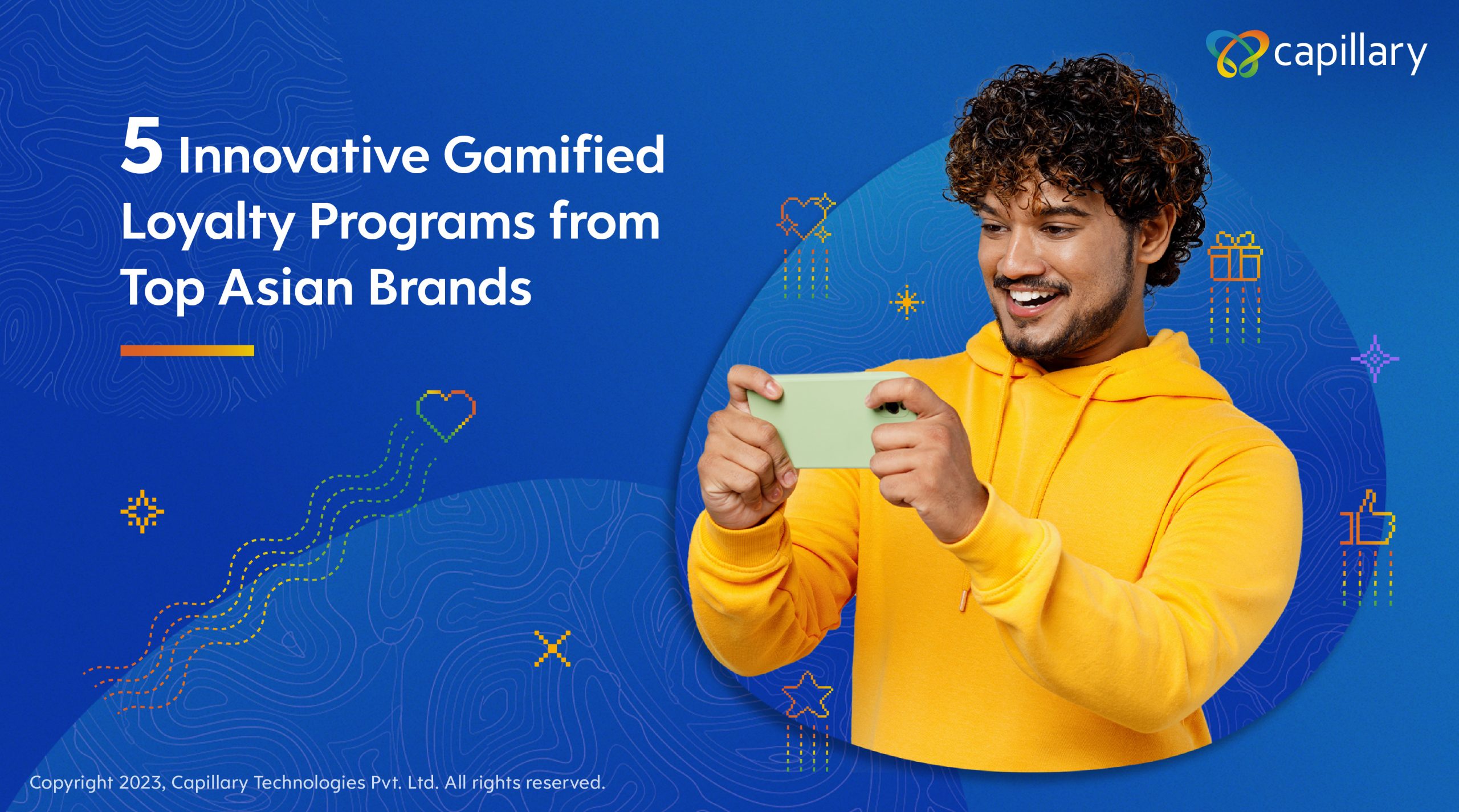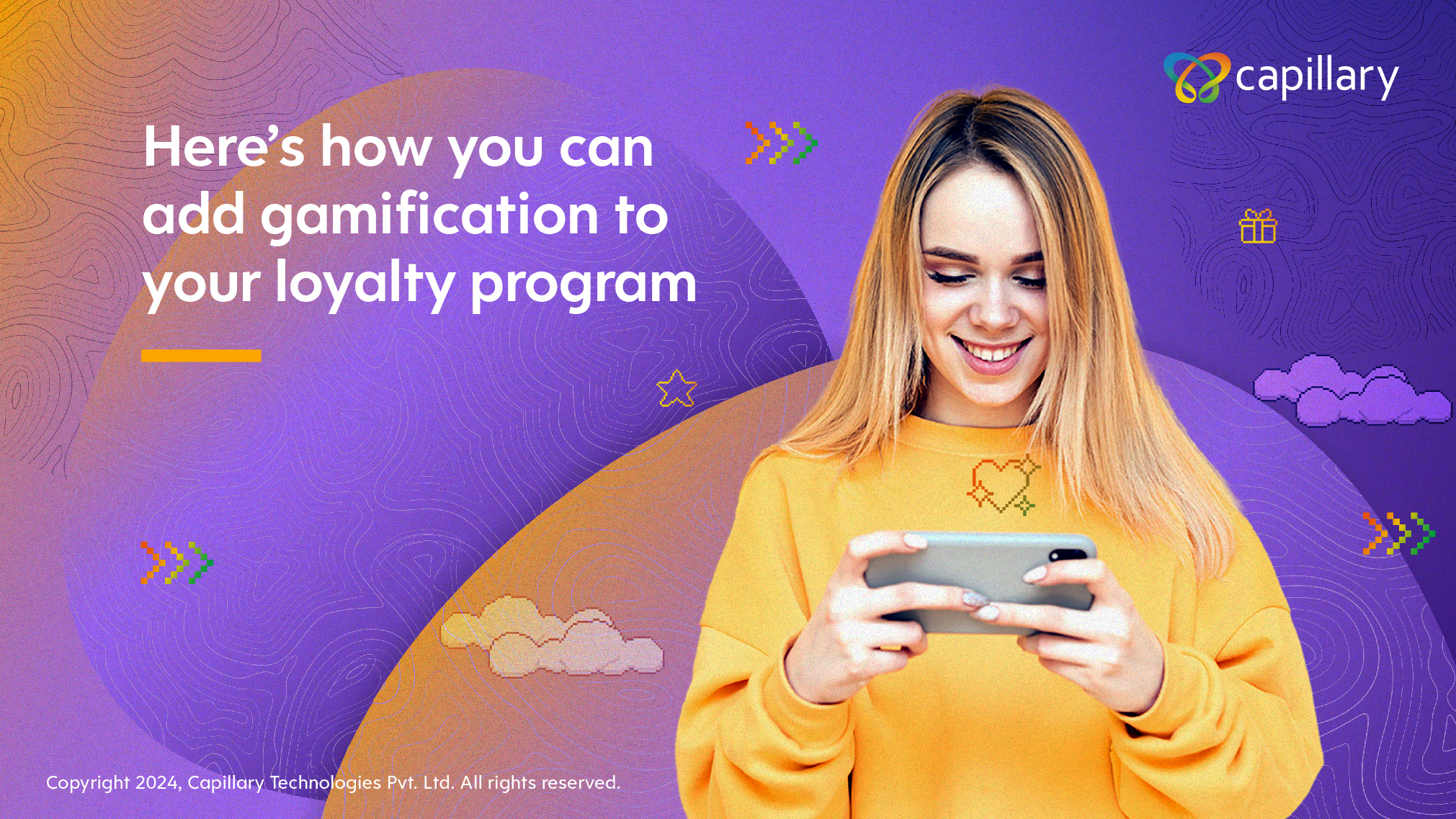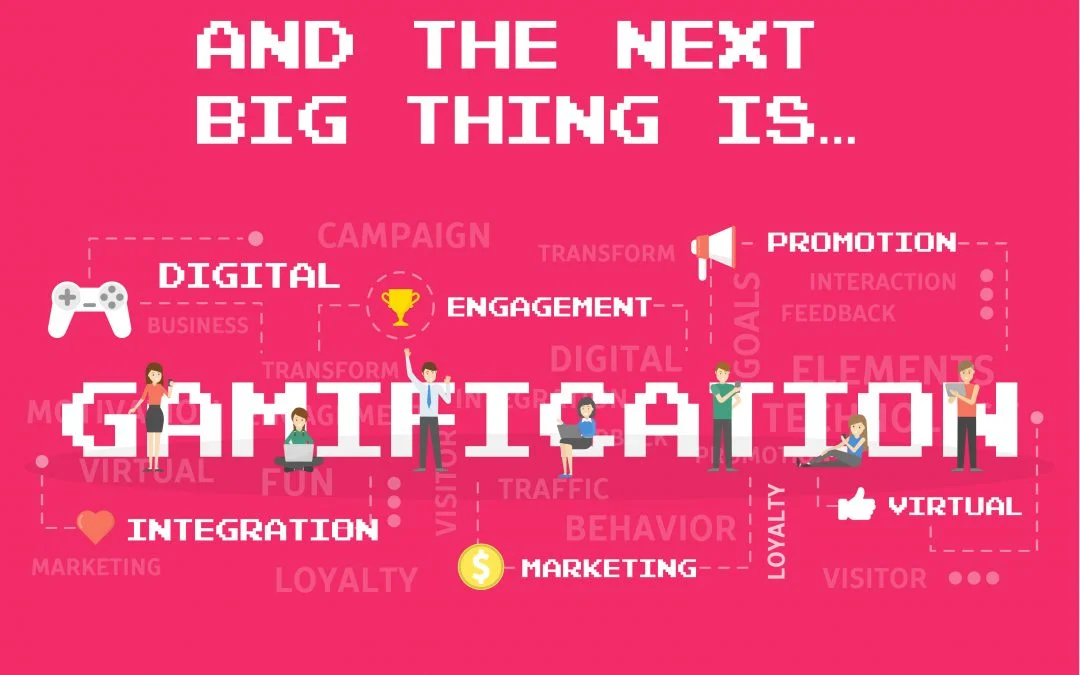- Design industry shaping loyalty programs
- Integrate easily and go live quicker
- Deliver hyper-personalized consumer experiences
Blue Rewards from Al Futtaim Group Shares Loyalty Success Stories and Evolution. Watch Podcast >
Capillary Announces 2nd Annual Captivate 2025 Summit: Transforming Loyalty Management with New AI Tech Read more >

Gamification is the layering of games or game-like activities into marketing or business strategies with the intention of triggering human emotions that can lead to higher sales, customer loyalty and better engagement. When done right, gamification has been proven to induce powerful emotions like excitement, intrigue and happiness amongst the target audience.
One of the oldest and simplest forms of gamified reward program is offering a stamp each time you buy a drink. Get 10 stamps and the 11th drink is free. And who wouldn’t like to get a reward? Reaching a certain stage and getting something in return for it is exciting and fun. In the online world, earning loyalty points, progress bars and leaderboards leverage our natural instincts of curiosity and competition.
Nike has successfully created one of the best gamified programs through their running app Nike+. It tracks one’s running progress and their journey towards their goals. Each time you go out running, it pushes you to beat your last record besides connecting to your social media, so that you can either compete with your friends or show off to them. This simple but effective loop ensures continuous fuel to your competitive spirit. Nike+ gets more people out and running and thereby boosts the sales of Nike shoes. This is the psychology behind the success of this running app.
Starbucks is another example that uses a very successful gamification program for its loyalty and reward activity. When customers use their “My Starbucks Rewards”, they get a gold star when they order a drink from their mobile app. 5 gold stars earn them a green status and free rewards such as refills. When the user reaches 30 gold stars, they earn a gold membership with a gold card. This creates an elevated status and exclusivity. It comes as no surprise that the Gold Card is highly coveted and everyone wants one!
There are so many types of gamification designs, that it is difficult to cover all of them in one shot. For the sake of brevity, we have listed the most common ones :
The best way to keep people involved in a gamification program is to permit them to track their own progress. This type of gamification works when financial goals need to be tracked or for health and fitness programs. For service-based industries, progress tracking gamification works for educational content. When a user completes a course, a process can be set up, where the progress can be tracked, until the final goal is achieved. This is a great way of encouraging users and other potential customers to consume more content. Webinars, online content and video tutorials are all great use cases for the progress tracking gamification experience. Certain activities like attending physical events and downloading the company’s ebooks not only add value but give a sense of fulfilment to customers.
The Starbuck program shows how creating different levels of rewards creates an atmosphere of excitement, fun, curiosity and competition. The desire to upgrade from Green to Gold Membership is a great way of keeping users engaged and entice them to buy more coffee. Starbucks mastered the art of using gamification in their loyalty programs and hence they were extremely successful.
Gamification that is used in experiential marketing works very well for big brands that are already well known, who want to create positive feelings and a sense of trust amongst their customers towards their brand. Coke’s Bond 007-themed adventure that offered tickets to the movie Skyfall as the final prize was a classic case of experiential marketing. The viral video of this program that was shared on social media further helped to popularize this campaign.
It would be very exciting if you could convert your entire website into a game. For instance, you could create a scavenger hunt where your readers or customers look for certain content or answers amongst your blogs, interactive videos or podcasts. These would be challenges presented to get your audience more involved, engaged and excited. This could also act as a motivator with a reward for the winner, in the form of free subscriptions, a discount or something else that could be of great value to customers.
Gamified reward programs offer a plethora of benefits for the brand, as well as to the customer, all wrapped up in a fun and interactive package. Apart from appealing to the competitive nature of consumers, it’s a great way to introduce new products to potential customers
The concept of ‘play’ is deeply ingrained in the human psyche. It has a powerful influence over us because it goes as far back as our childhood and was part of our first interactions with the external world, siblings and friends. It came easily to us because it was fun, competitive and we got to learn a lot from these experiences. Businesses should strive to capture this excitement and involvement when it comes to gamifying their loyalty programs.
So, how do you move up to the next level by gamifying your reward programs? Here are some tips.
From a brand’s perspective, the need of the hour is to encourage repeat sales, improve customer engagement and deliver a memorable retail experience. A gamified loyalty program is an ideal way to achieve all of these outcomes.

December 5, 2024 | 4 Min Read
These 5 Asian brands have successfully leveraged the power o

February 19, 2024 | 4 Min Read
Here's your complete guide on adding gamification to your lo

December 22, 2024 | 4 Min Read
Moving over earn and burn, personalization has now become hy